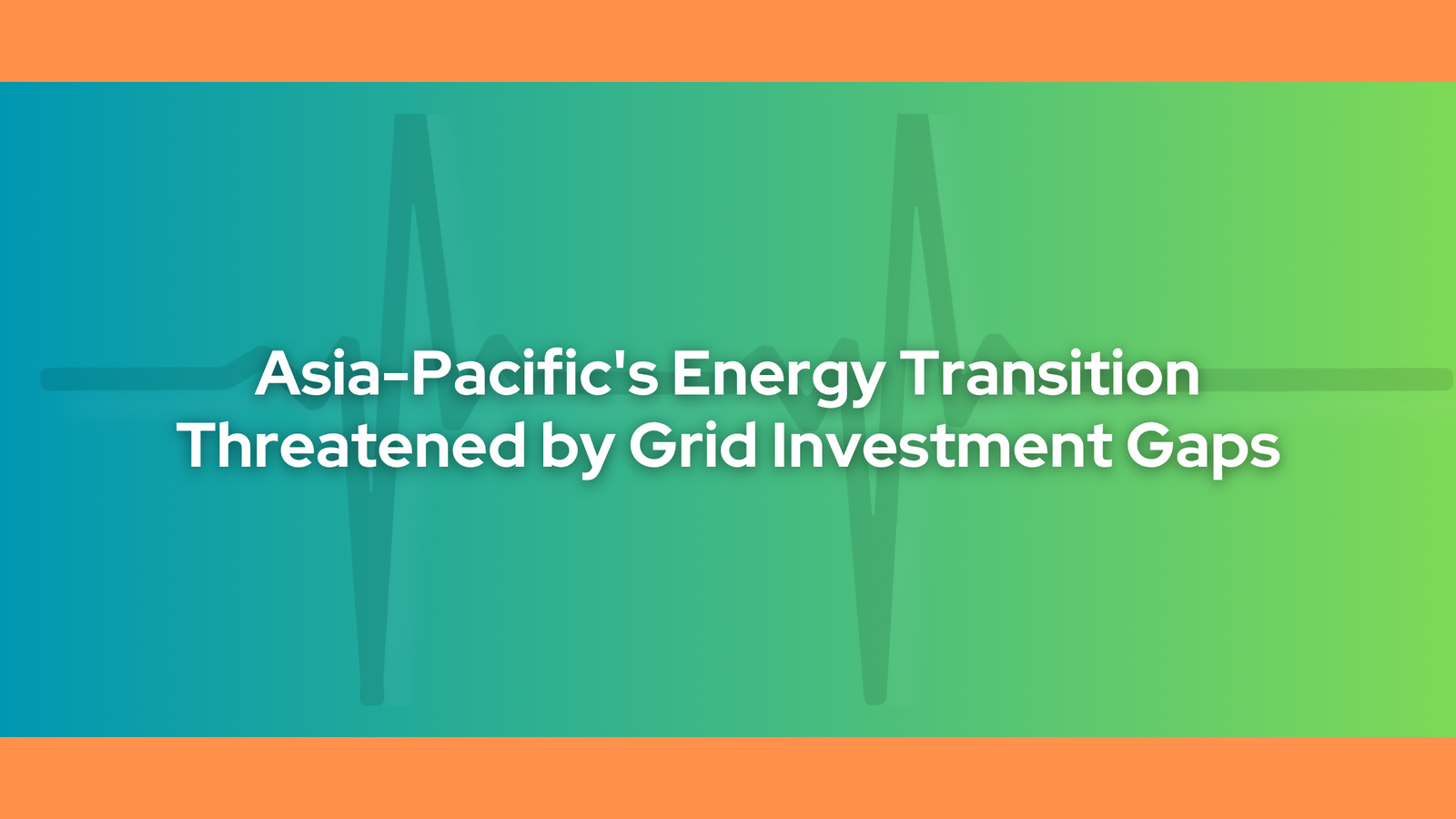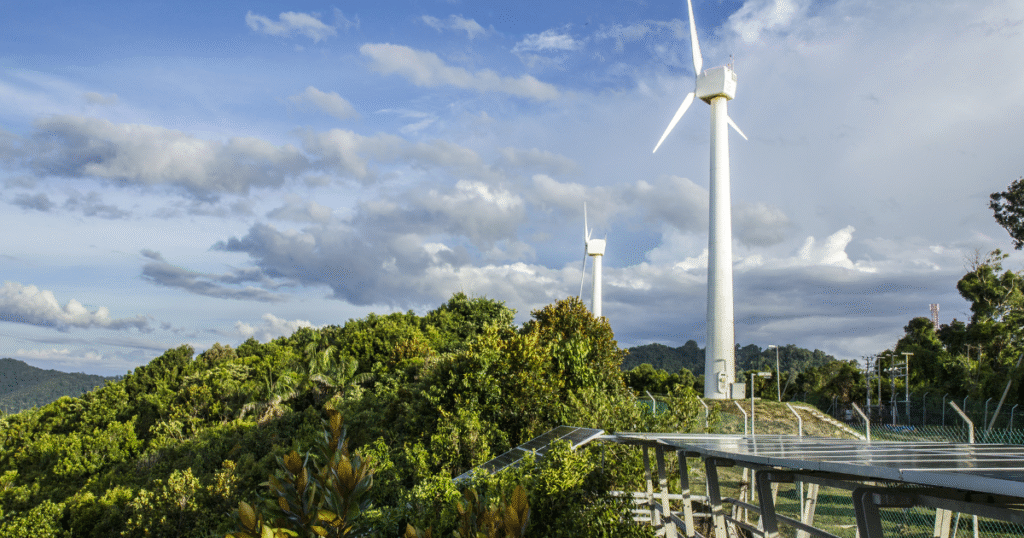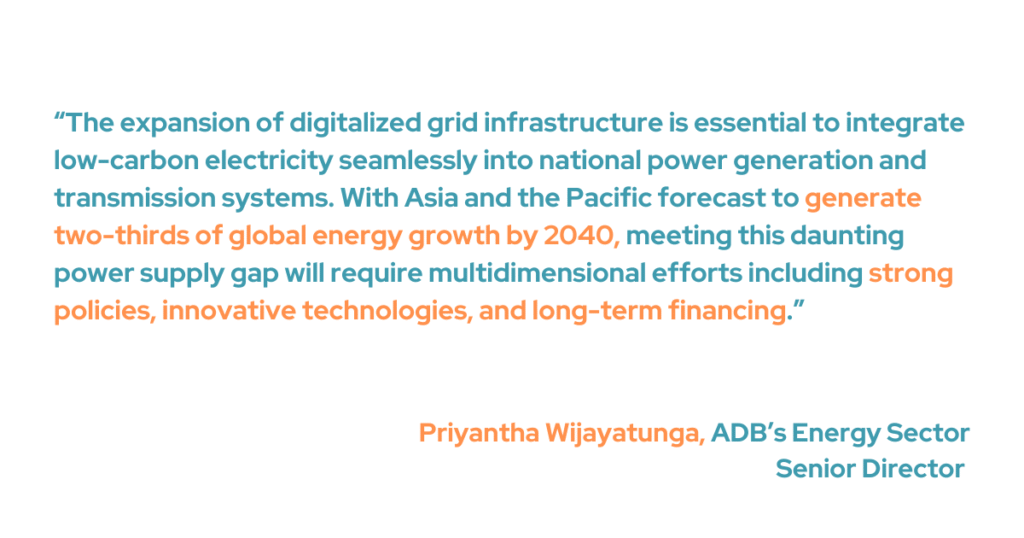
The energy sector accounts for most of the global greenhouse gas emissions, largely due to the combustion of fossil fuels. Fossil fuels still support 80% of the energy supply worldwide and release massive amounts of chemicals that warm the planet, like carbon dioxide and methane. Energy transition is changing toward cleaner and renewable energy sources and away from the use of fossil fuels. In Asia alone, most of its energy is from fossil fuels, and the continent is also responsible for almost half of the global energy consumption. However, Asia-Pacific’s energy transition faces a critical obstacle: outdated and underfunded power grids. This prevents developing nations in Asia and the Pacific from reaping the full rewards of an energy transition, such as increased access to power, improved energy security, and the development of millions of green jobs.
According to the report from the Asian Development Bank (ADB), there is a need for immediate development of up-to-date and interconnected grids, not just to meet the region’s growing energy demands but also to integrate intermittent renewable energy sources throughout the Asia-Pacific.

The Asia-Pacific Economic Cooperation (APEC) also believes in Asia-Pacific’s energy transition to a cleaner source, not just to secure energy and avoid technological disruption, but also to help mitigate the impacts of climate change. Leading the push for decarbonization are energy firms. Giants in the industry are putting sustainability at the center of their long-term plans by making proactive investments in clean technologies like biofuels, hydrogen, electrification, and carbon capture.
With this, part of APEC’s agenda is improving and enhancing grid security to ensure a steady and dependable energy supply. They believe that power grids are becoming more and more important as the supply of renewable energy grows. Without a strong infrastructure to support it, a cleaner energy future is impossible.
According to an APEC article, the International Energy Agency projected in 2023 that countries must construct or upgrade more than 80 million kilometers of grid by 2040 and connect at least 3,000 gigawatts of renewable power projects. This projection underscores the urgent need to invest in modernizing the power grid to ensure a steady, reliable, and resilient electricity supply capable of integrating renewables on a large scale.

Using a novel paradigm, the ADB, together with the World Economic Forum, published a report, Energy Transition Readiness Assessment for Developing Asia and the Pacific, which assesses the Asia-Pacific’s potential for energy transition. With renewable energy investments in emerging Asia increasing by more than 900% since 2013 to reach $729.4 billion in 2023—roughly 45% of global investment—the Asia-Pacific is spearheading a global energy transition. Although the People’s Republic of China (PRC) accounted for the majority of this, over 75% of the new energy capacity installed in 2022 in India and seven other developing nations was derived from renewable sources.
Thailand, Malaysia, and Georgia have significantly improved their regulatory systems, while the PRC continues to lead in major areas. On the other hand, in Bangladesh, India, and Indonesia, over 1 billion people have had access to electricity since 2010.
ADB’s Energy Sector Senior Director Priyantha Wijayatunga said that we need to expand digital grid systems so that low-carbon electricity can easily fit into national power generation and transmission systems. “With Asia and the Pacific forecast to generate two-thirds of global energy growth by 2040, meeting this daunting power supply gap will require multidimensional efforts, including strong policies, innovative technologies, and long-term financing,” he added.